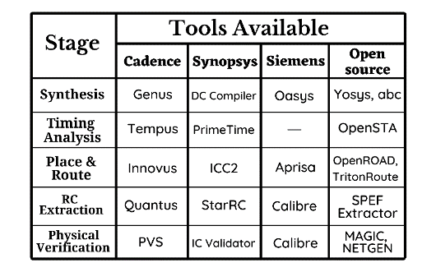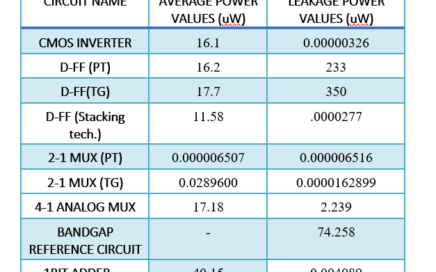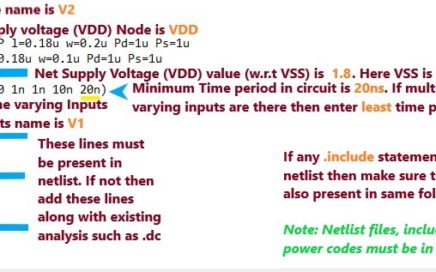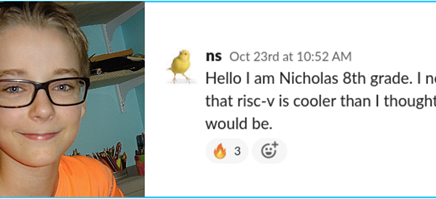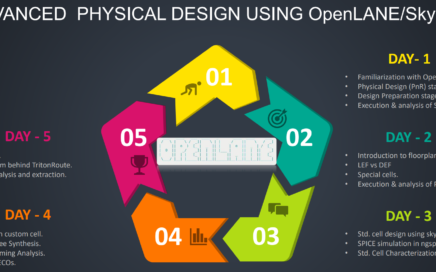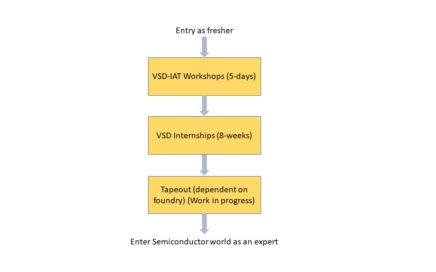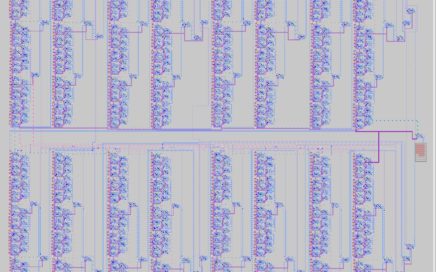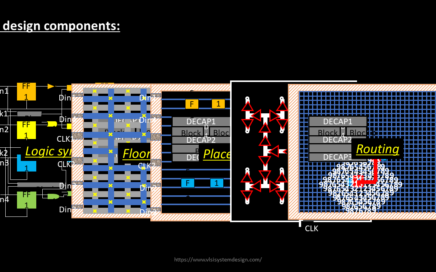And that’s where VSD must play an especially important role to bring in latest and greatest VLSI skills to you, atleast in the field of open-source hardware. VSD owes a lot to VLSI community and hence has planned 3 exclusive cloud lab-based VLSI workshops on 3 important topics, with top 3 expert instructors from around globe, having more than 2 decades of experience – Tim Edwards, Steve Hoover, and Prof. Mohamed Shalan
Open-source EDA tool development with lab exercises using Sky130 pdk’s by Google/Skywater
RISC-V micro-architecture using transaction level – Verilog with lab exercises on Makerchip Platform
SoC and Physical Design using Automated RTL2GDS OpenLANE tool with lab exercises using demo design and Sky130 pdk’s.
